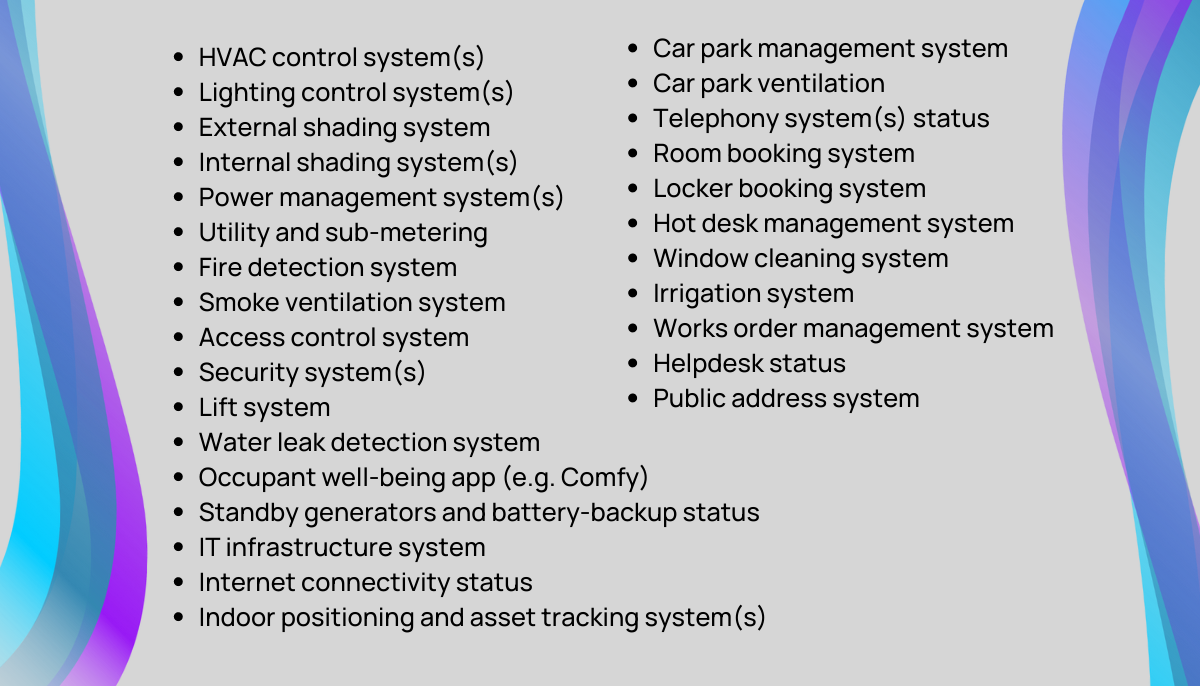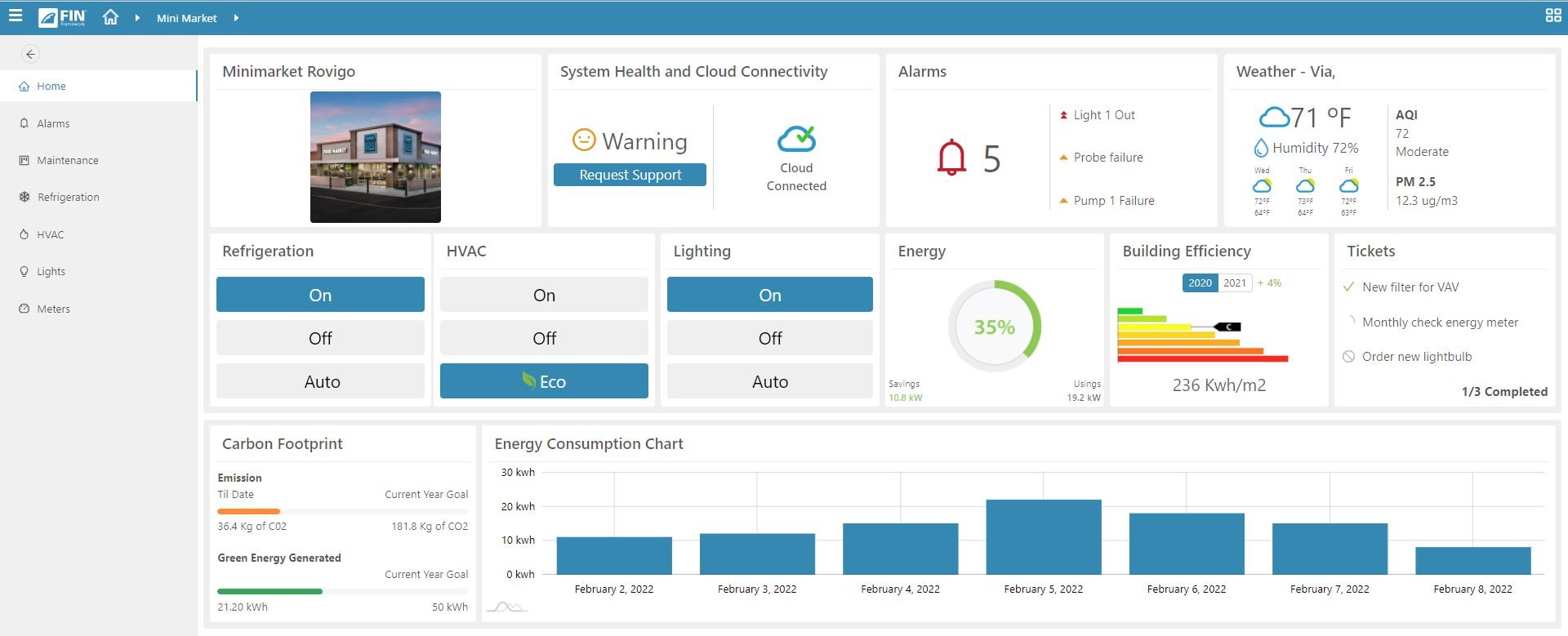The home of smart buildings, smart equipment and IoT

Over the last decade or so, larger buildings have become significantly more complex as a wide range of technologies have been developed to meet specific needs. IoT devices, business systems, occupant services, building services equipment and systems are now all generating real-time data that it is necessary to track, and can yield useful insights to help improve both operational and energy efficiency. This has led to a trend in the smart buildings market for what has been dubbed “SPoG”, which stands for “Single Pane of Glass.”
While it’s not a new concept (originally found in the IT and management fields), it’s one that presents challenges for an industry full of systems and data to implement, all with their own interfaces and dashboards. The biggest challenge is unifying data across several different sources to present in a single view. When we think about all the systems that make up a large building across control, safety, management, and business, the list is a bit overwhelming.

There are several motivations for consolidating all the various systems’ user interfaces into one dashboard-style view. One is to make the building easier to manage by reducing the learning curve for those who would otherwise have to get to grips with a disparate set of user interfaces. Another is that senior managers want to have an overview of the building’s health, just as they do for the financial and operational status of their business. Using a single pane of glass viewpoint provides an “at a glance” summary of the current status of all systems, with the capability to drill into any one of the systems or categories of systems to find out more detail, as appropriate. The over-arching goal is to showcase operational data in a useful and actionable way. In addition, thinking through the process of what information to display offers a better perspective on what information is actually valuable.
To deliver a SPoG for a project you will need software that offers a very flexible and customizable dashboard that can be easily configured to overlay the individual systems, implemented in a way that enables the facilities managers and other users to still dive into the detail of the individual systems, whilst the building owner or manager can just see an overview on one screen. For flexibility of access, the SPoG needs to be viewable in any web browser and responsively designed so it can be viewed equally well on mobile devices as well as desktop browsers.
One approach to representing all of the many systems that are integrated is to group them into different categories for which the current status of each is displayed in a simple way. e.g. security, safety, environmental systems, and wellbeing. Clicking on a category leads to a dashboard that then displays the status of each individual system with a further drill-down to gain a more detailed view. The top level dashboard will be KPI-focused for each group of systems. FIN Framework is a great technology for integrating multiple systems, and providing this kind of SPoG visualization, since its native use of Haystack tagging and intuitive user interface features make it easier to deliver simplified views. One easy-to-understand approach is to provide traffic light indication of status; green for all OK, and amber to provide warning of issues and red to signify when there’s a serious problem.

Presenting key parameters and performance indicators in a simplified way makes it easy to see your building performance at a glance, offering a data view that any user or stakeholder can understand. In FIN’s case, we also offer this capability for remote users on mobile devices.
Integration in the buildings industry now means far more than HVAC and lighting. By taking a SPoG approach to building management, we empower more users to have data at a glance to keep a pulse on all systems within a building and facilitate better prioritization and decision-making.
Chris is a J2 Innovations consultant who originally joined J2 in 2018 to develop sales in Europe, the Middle East and Asia. Chris comes with a wealth of experience in the building automation market and skills in strategic business development and marketing. Chris spent 12 years developing Tridium's open framework business in Europe, so he is excited to be now working with the next-generation product. Chris is passionate about simplicity, energy saving, renewable energy, and electric transport.
Topics from this blog: Energy management Technology Industry Single Pane of Glass
Back to all posts
J2 Innovations Headquarters, 535 Anton Blvd, Suite 1200, Costa Mesa, CA 92626, USA. Tel: 909-217-7040